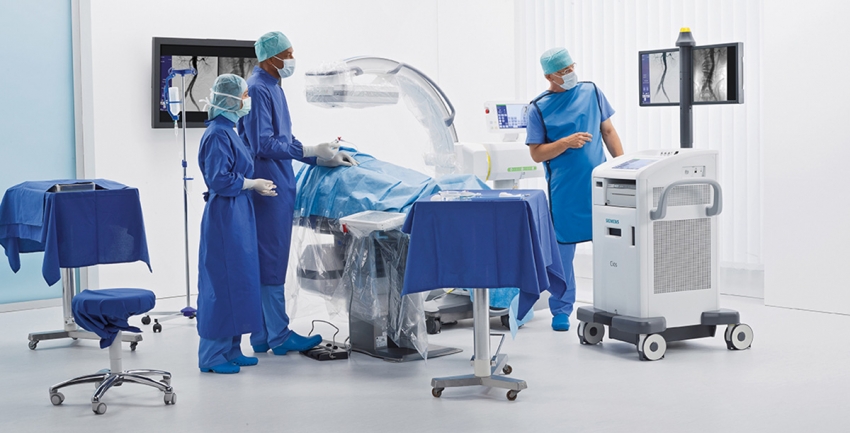What is Radiofrequency Ablation?
Radiofrequency ablation is a medical treatment technique in which a radio wave generates an electric current which is used to heat up a particular area of nerve tissue which decreases the pain signals from that specific area.
How does
Radiofrequency Ablation work?
First, of all, a thin needle or probe inserts into the skin and then into the desired organ. The probe or needle is guided by images. This technique destroys the nerve fibers which carries pain signals to the brain. It is performed with mild sensation and local anesthetic. A single RFA ablation generally takes 10-30 minutes and the entire procedure gets completed in 1-3 hours.

Uses of Radiofrequency Ablation:
Radiofrequency Ablation is using to treat severe chronic pains. These include:
- Incessant headache pain such as a migraine.
- Post-traumatic headaches.
- Trigeminal neuralgia (facial pain during chewing, speaking or brushing the teeth).
- Varicose Vein Treatment (Swelling of blood vessels).
- Heavy legs with itching.
- Pain after a dental procedure.
RFA is also using to reduce the pain in bones, spine, knee, liver, heart, kidney, brain, breasts, and soft tissues. Radiofrequency Ablation is using to treat many types of liver cancer, including major one’s hepatocellular carcinoma and colon cancer. This technique is the most effective solution for treating tumors which are less than two centimeters in diameter.
Advantages of Radiofrequency Ablation:
- RFA is a very safe procedure with minimal risk in contrast to traditional surgical methods.
- The patient doesn’t feel any pain during the treatment.
- It provides immediate pain relief, however, pain relief can extend to 2-3 weeks in extremely critical cases.
- After RFA treatment, the patient can back to work 24-72 hours after the procedure.
- There is a very low risk of any bleeding or infection after the treatment.
- The pain relief lasts for 6-12 months and in many cases, relief lasts for more than a year.
Myths and Facts about Radiofrequency Ablation:
RFA has harmful side effects:
The main side effect of RFA is a little discomfort, including swelling and bruising, but this generally goes away after a few days.
RFA is a very dangerous process:
Radiofrequency Ablation is a very safe process. Its success rate is more than 95% in general cases and 85% in critical cases such as destroying liver tumors.
RFA is not very every one:
Like any other medical treatment, Radiofrequency Ablation is not for every patient. A RFA specialist does not advise this treatment who is having a bleeding problem or an active infection


